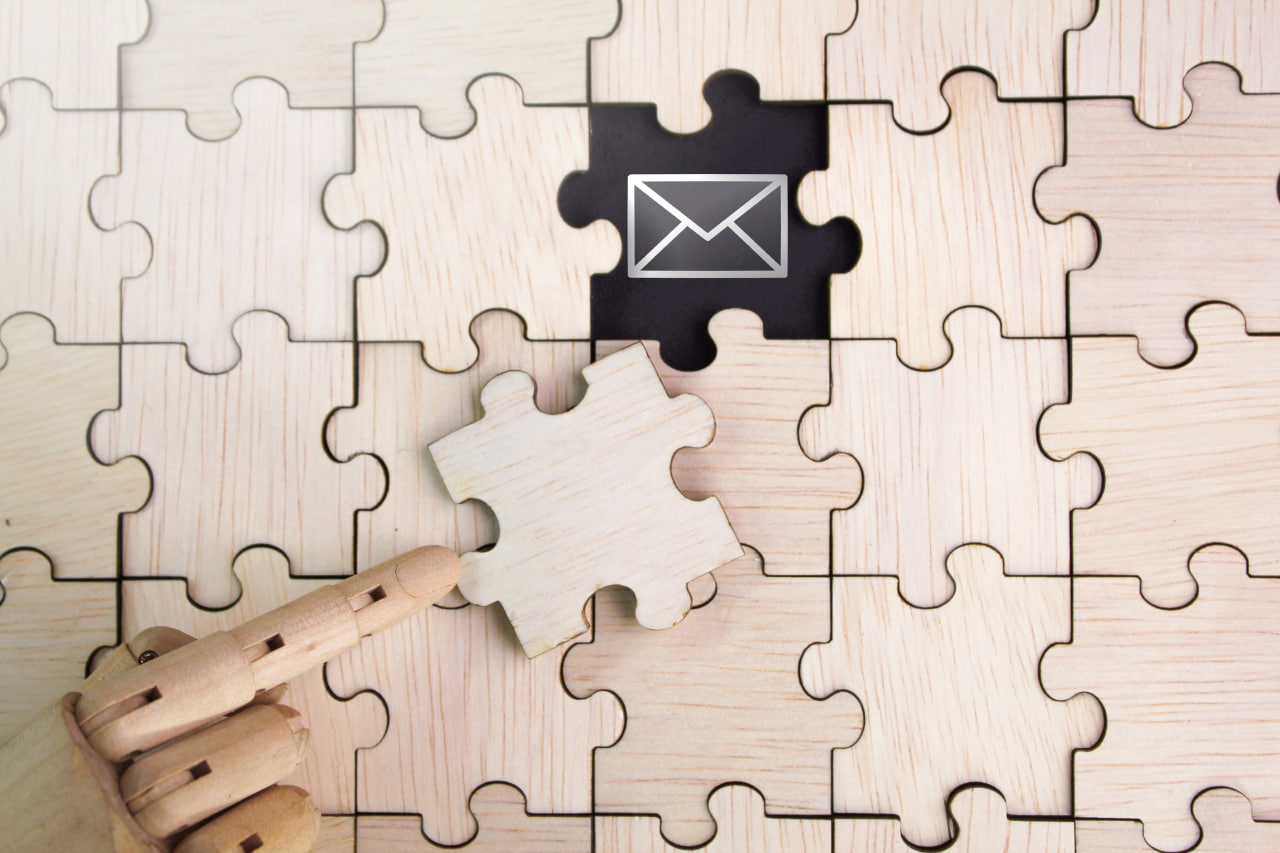Email Marketing Secrets: Convert More Leads into Clients
Email marketing is one of the most powerful tools for turning leads into paying customers. But if you’re not seeing the results you want, you might be missing out on key strategies that can make all the difference. In this comprehensive guide, we will uncover the secrets of email marketing, providing you with actionable tips, an insightful case study, and answers to frequently asked questions. Whether you’re a beginner or an experienced marketer, this article will help you maximize your email campaigns and boost conversions.
Why Email Marketing is Essential for Conversions
Email marketing remains a high-performing channel for businesses across industries. Studies show that email marketing delivers an average ROI of $42 for every $1 spent. But success depends on much more than just sending emails—it requires a strategic approach.
Key Benefits of Email Marketing:
- Personalization & Segmentation: Target specific audiences with relevant content.
- Direct Communication: Emails land in your prospect’s inbox, giving you a direct line of communication.
- Automation & Scalability: Email marketing allows businesses to nurture leads without manually sending every message.
- Data-Driven Optimization: Advanced analytics let you track open rates, click-through rates, and conversions to refine your strategy.
Email Marketing Strategies to Convert More Leads into Clients
1. Build a High-Quality Email List
A successful email marketing campaign starts with a high-quality list. Buying email lists may seem like a shortcut, but it leads to poor engagement rates and spam complaints. Instead, use these methods to grow your list organically:
- Lead Magnets: Offer a free eBook, guide, discount, or webinar in exchange for email addresses.
- Landing Pages & Opt-in Forms: Place sign-up forms on your website and blog to collect emails.
- Exit-Intent Popups: Capture visitors before they leave your site by offering something valuable.
2. Craft Irresistible Subject Lines
Your subject line is the first impression of your email. A well-crafted subject line increases open rates and engagement.
- Keep it short and intriguing (under 50 characters).
- Use power words to evoke emotions (e.g., “Exclusive,” “Urgent,” “Limited Time”).
- Personalize when possible (e.g., “John, Your Exclusive Offer Awaits!”).
- Avoid spammy words like “Free,” “Buy Now,” or “Earn Money Fast.”
3. Personalization & Segmentation
Generic email blasts no longer work. Personalization and segmentation are essential for higher conversions.
- Use the recipient’s name and tailor content based on past interactions.
- Segment your list by demographics, behavior, or purchase history.
- Trigger-based emails (e.g., cart abandonment reminders, welcome sequences) increase relevance and engagement.
4. Write Compelling Email Copy
Your email content should be engaging, clear, and action-driven.
- Start with a strong hook that grabs attention.
- Focus on benefits rather than features.
- Keep it concise—readers scan emails quickly.
- Use a clear CTA (Call to Action) that tells recipients what to do next.
5. Optimize for Mobile Users
More than 60% of emails are opened on mobile devices. Ensure your emails are mobile-friendly:
- Use responsive email templates.
- Keep paragraphs short and easy to read.
- Use large, tappable CTA buttons.
6. Leverage Automation & Drip Campaigns
Automating your email sequences helps nurture leads over time.
- Welcome Sequences: Build rapport and introduce your brand.
- Follow-up Emails: Remind subscribers of special offers or abandoned carts.
- Re-engagement Campaigns: Win back inactive subscribers with special incentives.
7. A/B Testing & Analytics
Constantly optimize your email campaigns using data.
- Test subject lines, email copy, CTA buttons, and layouts.
- Analyze open rates, click-through rates, and conversions.
- Adjust strategies based on what performs best.
Real-Life Case Study: How Dollar Shave Club Used Email Marketing to Build a Billion-Dollar Brand
The Challenge
Before becoming a household name, Dollar Shave Club (DSC) faced stiff competition from established razor brands. They needed a way to build brand loyalty, increase repeat purchases, and convert new subscribers into long-term customers.
The Strategy
- Engaging Welcome Email – DSC created a witty and engaging welcome email that introduced new subscribers to the brand and its unique selling proposition.
- Personalized Product Recommendations – They used purchase history and browsing behavior to suggest relevant products.
- Abandoned Cart Recovery Emails – By reminding users about their incomplete purchases with humorous and persuasive messaging, they recovered a significant number of lost sales.
- Exclusive Offers for Subscribers – Members received early access to new products, discounts, and referral incentives.
- Customer Retention Campaigns – Regular follow-up emails encouraged existing customers to upgrade their subscriptions or purchase complementary products.
The Results
- Email open rates exceeded 45%.
- Cart abandonment recovery increased revenue by 30%.
- Referral-driven email campaigns boosted customer acquisition by 20%.
- The company was acquired by Unilever for $1 billion, demonstrating the power of strategic email marketing.
This case study shows how a well-executed email marketing strategy can drive massive engagement, conversions, and brand loyalty.
Frequently Asked Questions (FAQ)
1. How often should I send emails to my subscribers?
It depends on your audience and industry, but a good rule of thumb is 1-3 emails per week. Test different frequencies and monitor engagement rates.
2. What is the best time to send emails?
Studies suggest that Tuesdays and Thursdays at 8-10 AM or 4-6 PM yield higher open rates, but it’s best to test and analyze your audience’s behavior.
3. How can I avoid my emails ending up in the spam folder?
- Use authenticated email domains (SPF, DKIM, and DMARC settings).
- Avoid spam trigger words.
- Encourage subscribers to whitelist your email address.
4. Should I use plain text or HTML emails?
Both have their place. Plain text emails feel more personal, while HTML emails are great for promotions and branding. Test both to see what resonates with your audience.
5. What metrics should I track to measure success?
- Open Rate – How many recipients opened your email.
- Click-Through Rate (CTR) – How many clicked on links in your email.
- Conversion Rate – How many completed the desired action (e.g., purchase, sign-up).
- Bounce Rate – The percentage of undelivered emails.
- Unsubscribe Rate – How many people opted out.
Conclusion
Mastering email marketing is the key to converting leads into loyal customers. By focusing on building a high-quality list, crafting engaging emails, personalizing content, and leveraging automation, you can significantly improve your conversion rates. Take inspiration from the case study and implement the strategies outlined in this guide to see real growth in your business.
Start optimizing your email marketing campaigns today, and watch your conversions soar!






